Intimation under Section 143(1)

Process of Intimation under Section 143(1) of Income Tax Act 1961
On receiving the return filed u/s 139 or u/s 142 (1), the Income Tax Department processes the said return and sends an intimation under Section 143 (1) of the Income Tax act to the assessee after processing is complete. This intimation generally sent through email at the registered email ID of the assessee as per Income Tax records.
However, if there is any inconsistency in the return, for an example Tax deducted at Source (TDS)/ Taxes paid are not corresponding with the details in 26AS, then the intimation will mention the taxes as may be due along with interest thereon to be paid as a demand of tax.
Section 143 (1) is not an assessment order but intimation that the return of income has been processed.

Adjustments to be made U/s 143(1):
- An incorrect claim apparent from any information in the return shall mean a claim on the basis of an entry, in the return of an item, which is inconsistent with another entry of the same or some other item in such return.
- An incorrect claim apparent from any information in the return shall mean a claim on the basis of an entry, in the return in respect of which, information is required to be furnished to substantiate such entry, has not been furnished under the act.
- An incorrect claim apparent from the information in the return shall mean a claim on the basis on an entry, in the return in respect of a deduction, where such deduction exceeds the specified statutory limit which may have been expressed as the monetary amount or percentage or ratio or fraction.
This is the exhaustive list of adjustments which can be made in the returned income under section 143(1). No other adjustments, except the three above, are possible in the returned income.
Intimation U/s 143(1) can be sent only if:
- After making the adjustments U/s 143(1) any sum found to be payable.
- After making adjustments U/S 143(1) any sum found refundable.
- After making adjustments U/s 143(1) it result in increase or decrease of loss declared by the assessee and no tax or interest either payable or receivable by the assessee.
The reason of intimation under Section 143(1) is for rapid collection of the taxes or issue refunds to the assessee.
If intimation under Section 143(1) mentions no refund of tax or interest and no tax or interest payable
In case the intimation issued under Section 143(1) does not result in any tax refund or demand, then it indicates that the ITR is processed with no refund or additional tax payable and no further action is needed. Where there is no demand payable or tax refundable and one has not received any Intimation under Section 143 (1) of the Act, within 12 months, the acknowledgement to the return (ITR-V) is deemed to be the intimation under the Act.
Refund where due
If your income return was spot on and any refund claimed by you is due then you should be expecting the refund to be credited to your registered bank account. This will take a reasonable time to be credited.
What happens if your notice under Section 143 (1) of Income Tax Act shows tax due from you?
However, where there is a discrepancy in the return, e.g., TDS/taxes paid are not matching with the Form 26AS details, and then the intimation will show the taxes due along with interest to be paid. In such a situation, you need to get the demand corrected if you think that it has been incorrectly raised. You would have to file an application of rectification of the order u/s 154 of Income Tax Act. The same can be filed online.
What is there in the intimation notice under Section 143(1) of Income Tax Act
This intimation would contain the e-filing acknowledgement number, CPC reference number, etc., and also shows the details of income and taxes as filed by the taxpayer and also as computed by the tax department under Section 143(1), comparing the details line by line in two separate columns.
Issue of Notice u/s 143(2)- Notice under section 143(2) can be issued if intimation under section 143(1) has been issued to the assessee. Even in cases where acknowledgement is deemed as the intimation U/s 143(1), notice U/s 143(2) can be issued to thee assessee.
Section 143(1) is not an assessment but an intimation of the case having been processed as offered and intimation U/s 143 (1) is not an assessment order.
Related Reading- Understanding best judgment assessment
Process of making Application u/s 264- Appeal to CIT (A) can be filed against the order of the assessing officer. Similarly revision application U/s 264 can be made to CT for revising the order of the A.O. As per Finance act, 2012, appeal is possible to CIT (A) against the intimation/ deemed intimation under section 143(1) However, no revision application under section 264 can be made to CIT for revising intimation/ deemed intimation under section 143(1).
Under section 263, the CIT can revise the order of an Assessing Officer. Since, 143(1) is not an order, the CIT under section 263 cannot revise the intimation or deemed intimation under section 143(1)
Procedure of Making Application for rectification of Assessment Order u/s 154-As per provisions of the section 154, the Assessing Officer with a view to rectify any mistake apparent from record may:
- Amend any order passed by him under the provisions of the IT act.
- Amend any intimation or deemed intimation under section 143(1).
As per section 154, the Assessing Officer sham make the amendment under section 154 on his own motion or where the mistake is brought to his notice by the assessee.
Time limit for payment of Demand- The demand in the intimation issued under section 143(1) should be paid within 30 days from the date of receipt of such intimation. If the assesee fails to pay the demand within 30 days , then he shall be deemed to be assesse in default and interest under section 220 and penalty under section 221 shall be levied.
As per section 143(1), the intimation under section 143(1) for tax payable or tax refundable shall not be sent after the expiry of the one year of the financial year in which the returned is filed.
However, the intimation of one year shall not apply to an issue of cheque of refund. Therefore, the cheque of refund can be granted at any time.
A no demand notice under Section 143(1) is not the final assessment
Notice for Scrutiny of Return – Time Limits for Scrutiny Assessments- Where income tax return is to be scrutinized by the income tax department, notice under this section can be issued within 6 months of the end of the financial year in which return was furnished. Where assessee failed to disclose any income and tax authorities detect such concealment, the income tax authorities can issue notice under Section 148 up to 6 years from the close of a financial year in which the return is filed depending on the amount of taxes evaded.


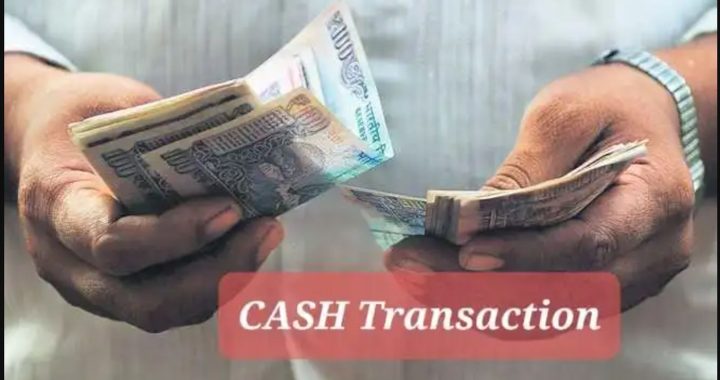 ITAT Amritsar: No Section 269SS Violation for One-Time Cash Payment Before Sub-Registrar
ITAT Amritsar: No Section 269SS Violation for One-Time Cash Payment Before Sub-Registrar 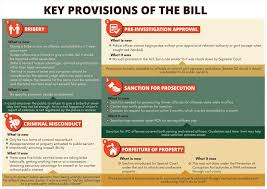 Tax Officials Unleash Digital Dragnet: How New Raid Powers Redefine Privacy, Property Rights in India and likely to Fuel Corruption
Tax Officials Unleash Digital Dragnet: How New Raid Powers Redefine Privacy, Property Rights in India and likely to Fuel Corruption 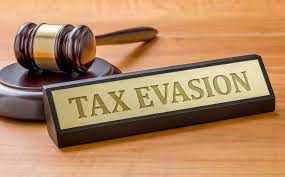 Income Tax Department Rewards for Reporting Tax Evasion: A Comprehensive Guide
Income Tax Department Rewards for Reporting Tax Evasion: A Comprehensive Guide 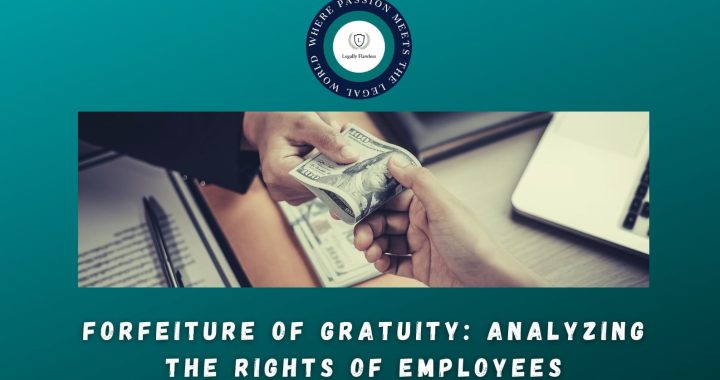 Forfeiture of Gratuity by Employer- What are the Remedies for an employee- Can employer be challenged?
Forfeiture of Gratuity by Employer- What are the Remedies for an employee- Can employer be challenged? 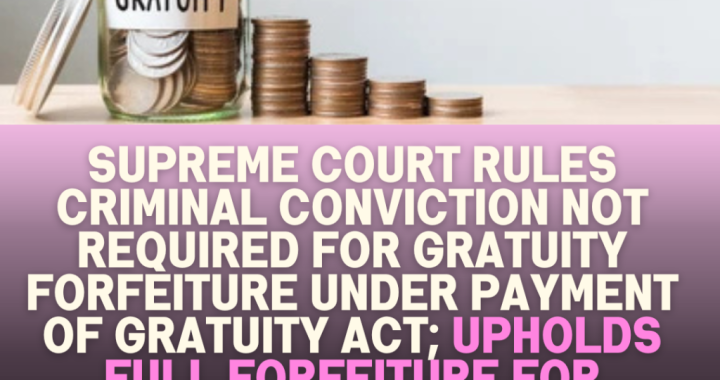 Employer can forfeit gratuity of an employee in case of moral turpitude
Employer can forfeit gratuity of an employee in case of moral turpitude 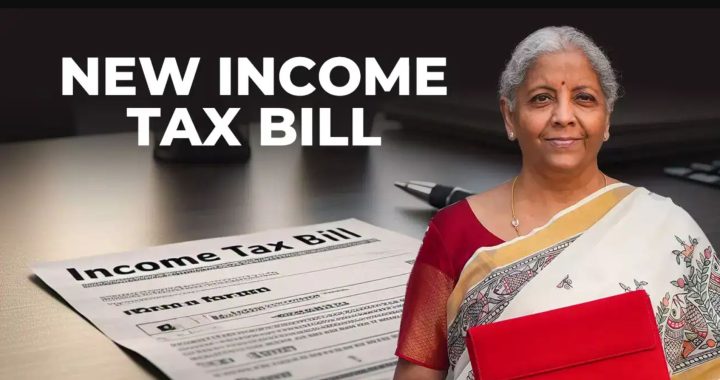 Diving Deeper: The Impact of the New Tax Bill on Dairy and Farming Income
Diving Deeper: The Impact of the New Tax Bill on Dairy and Farming Income